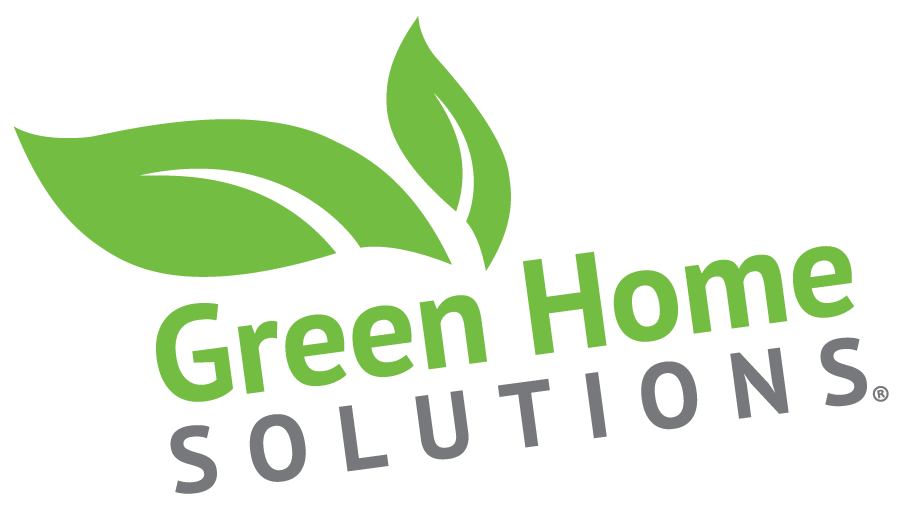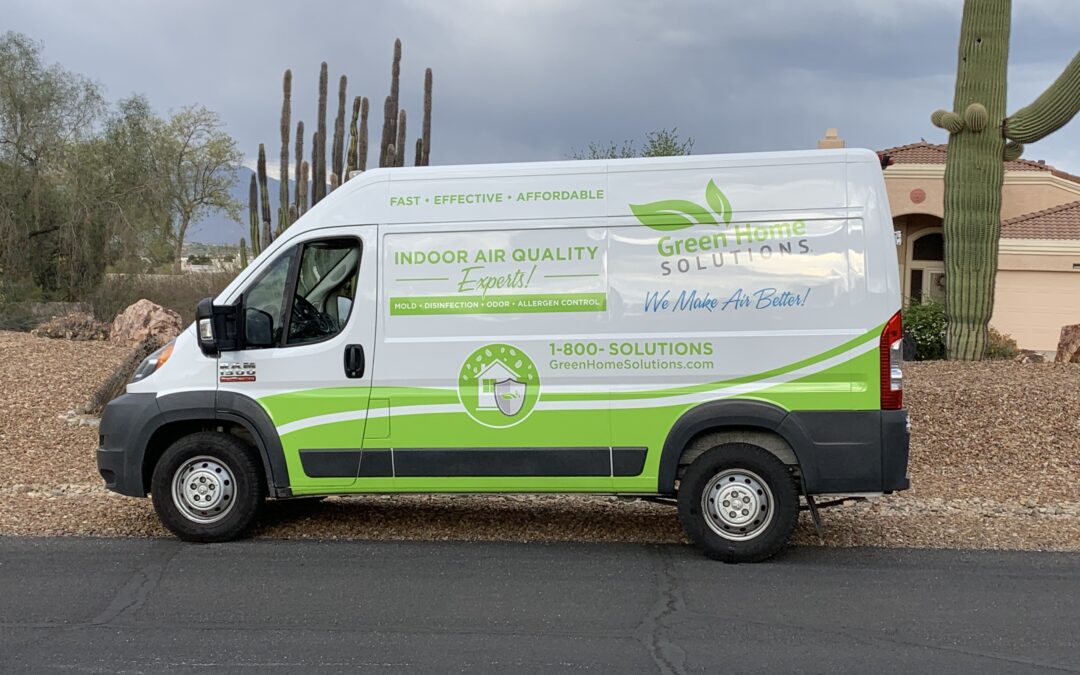Many assume mold thrives only in wet, rainy environments, yet it can flourish even in seemingly dry spaces. Understanding how mold proliferates without rain or excessive moisture is crucial for maintaining a healthy home, especially in unexpected locations such as desert regions.
Unforeseen Sources of Mold Growth
-
Indoor Humidity and Condensation
In arid climates, indoor activities like cooking, showering, and breathing contribute to indoor humidity. Without adequate ventilation, this moisture can condense on cool surfaces such as windows, walls, and pipes, creating the damp conditions conducive to mold growth.
-
Undetected Leaks from Appliances and Pipes
Mold can arise from concealed water sources like leaky pipes, appliances, or roofing. A slow, unnoticed leak can foster a moist environment behind walls, beneath floors, or in ceilings, allowing mold to thrive unnoticed.
-
Impact of Inadequate Ventilation
Insufficient airflow can trap moisture indoors, particularly in areas like bathrooms, kitchens, and basements. When air doesn’t circulate properly, humidity levels rise, providing ideal conditions for mold growth. This issue is prevalent in homes with tightly sealed windows and doors designed for energy efficiency.
Mold in Desert Climates: Debunking the Myth
There’s a misconception that mold cannot thrive in desert climates due to their dry nature. However, mold can indeed prosper in deserts for several reasons:
-
Indoor Humidity and Air Conditioning
In desert regions, reliance on air conditioning to combat heat reduces humidity but can lead to condensation on cooling coils and ducts if not maintained properly. This condensation fosters mold growth within HVAC systems, potentially spreading throughout the home.
-
Impact of Flash Flooding
Deserts experience occasional flash floods that swiftly introduce substantial moisture into homes. Even after visible water recedes, residual moisture in building materials can lead to mold growth if not thoroughly dried and treated.
-
Role of Irrigation Systems
Many desert dwellings employ irrigation systems for landscaping. Poorly installed or leaking systems can introduce water around the home’s foundation or crawl spaces, creating conditions ideal for mold growth.
Preventing Mold Growth: Essential Strategies
-
Maintain Optimal Humidity Levels
-
Use dehumidifiers and ensure proper ventilation in moisture-prone areas like bathrooms and kitchens.
-
Regular Maintenance Checks
-
Inspect plumbing, roofing, and appliances regularly for leaks and promptly address any issues.
-
HVAC System Maintenance
-
Keep air conditioning units and ducts clean and well-maintained to prevent condensation buildup.
-
Effective Waterproofing
-
Utilize waterproof materials and sealants in areas susceptible to moisture exposure, such as basements and crawl spaces.
For further guidance on mold prevention, consult authoritative sources like the Centers for Disease Control and Prevention (CDC).
Conclusion
Understanding that mold can proliferate without rain or visible moisture is vital for preventing its development. By remaining vigilant and addressing potential sources of moisture, you can safeguard your home and health from the harmful effects of mold, even in the driest climates.

